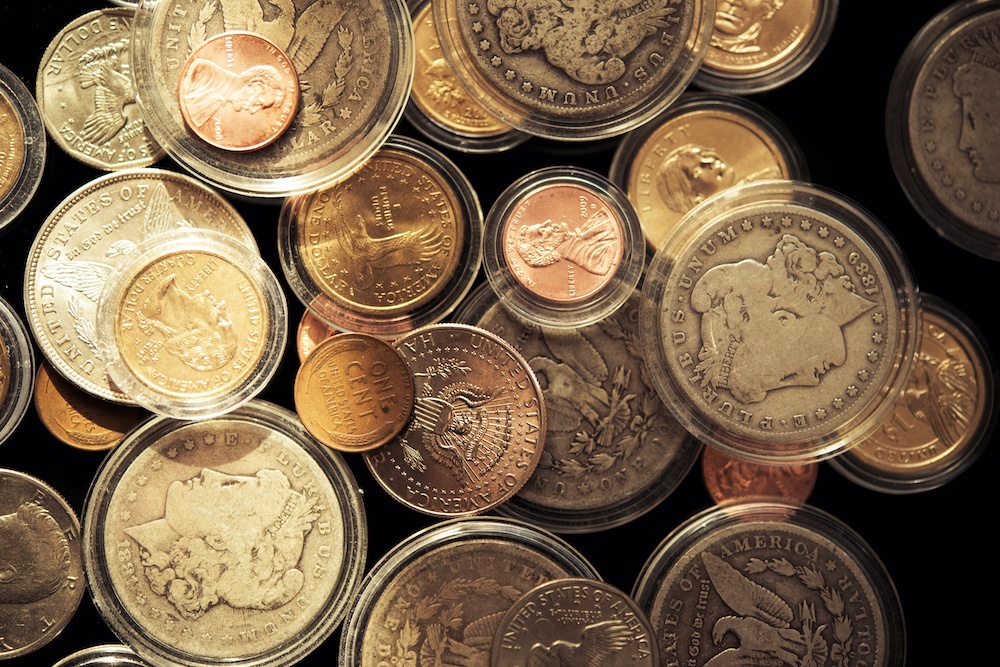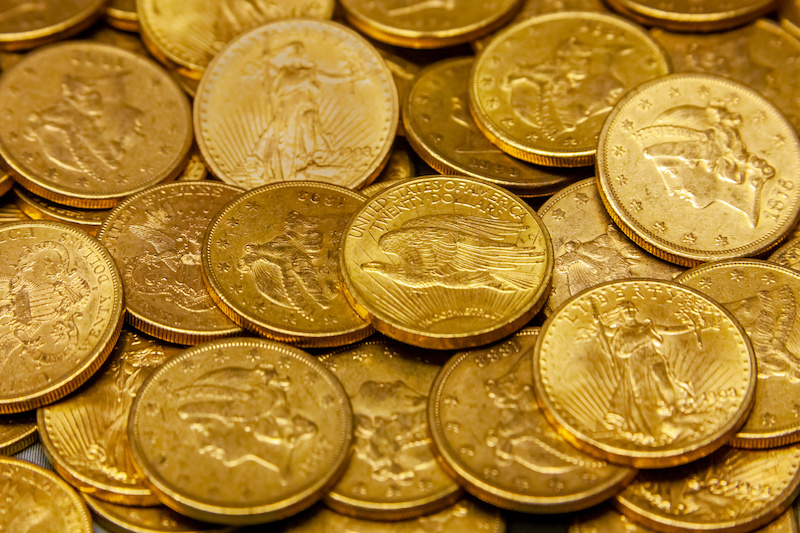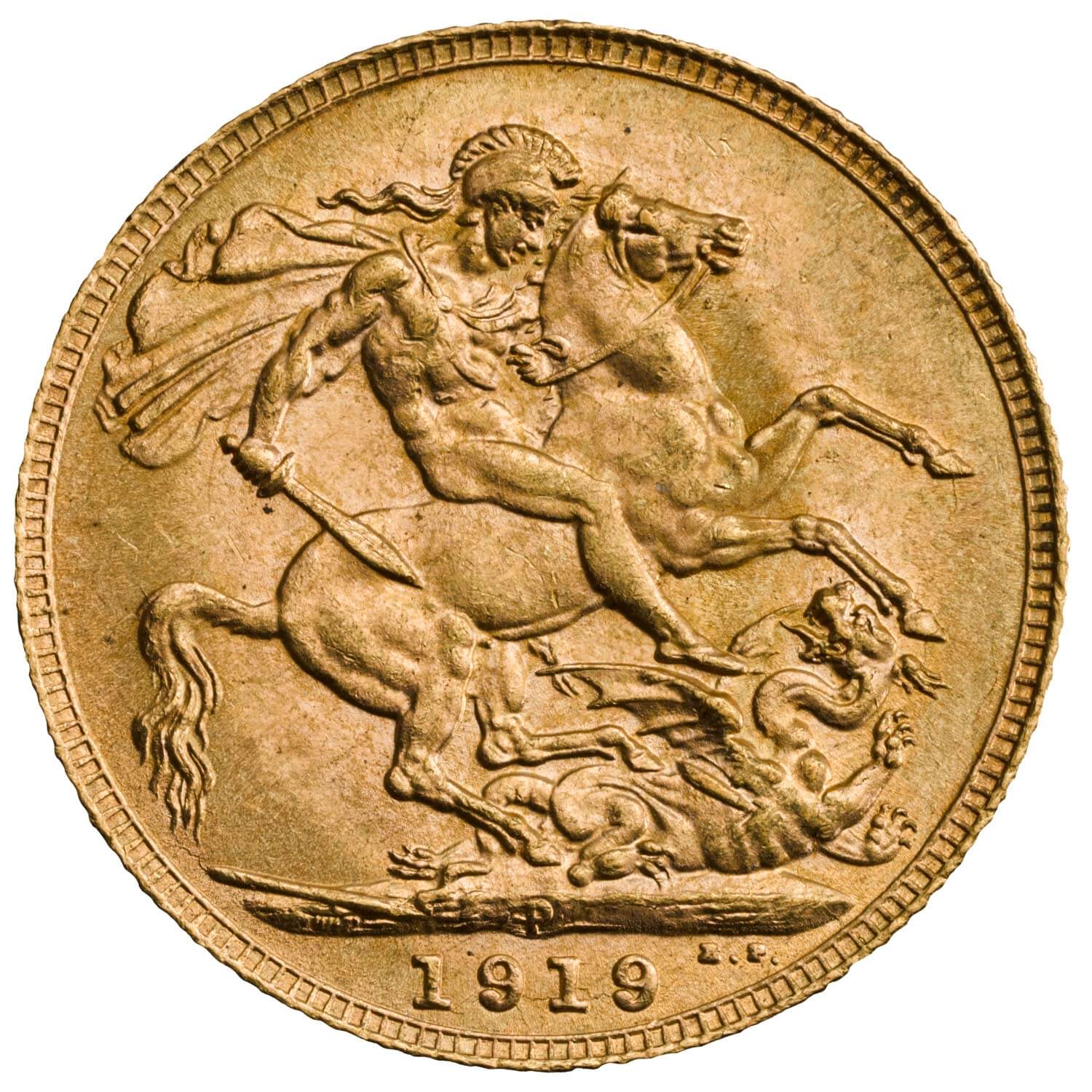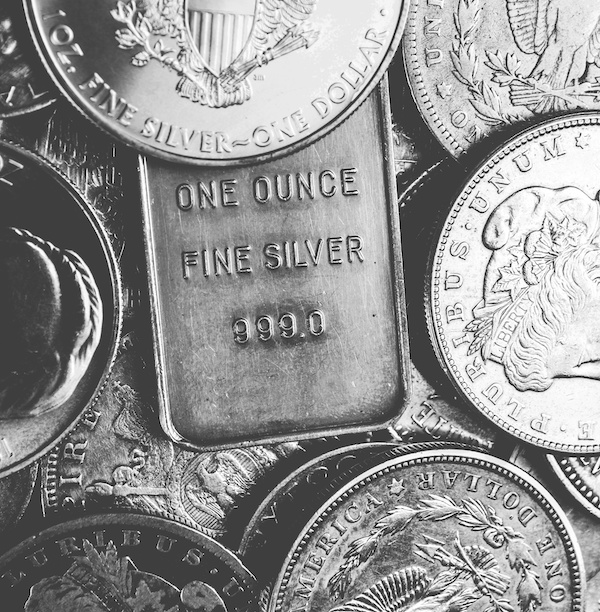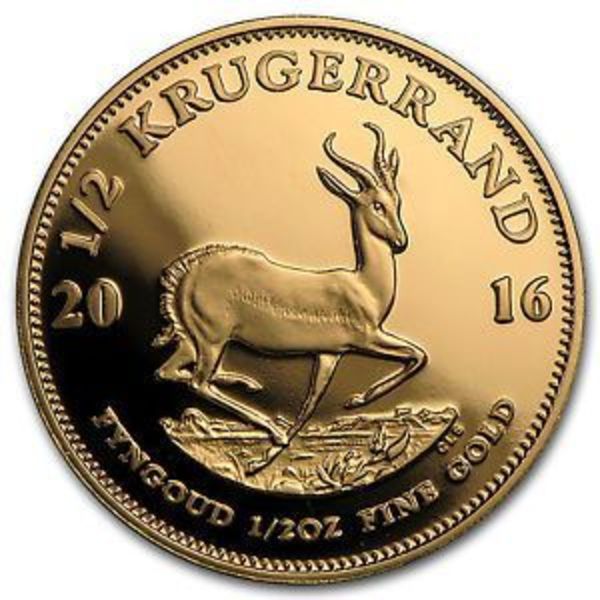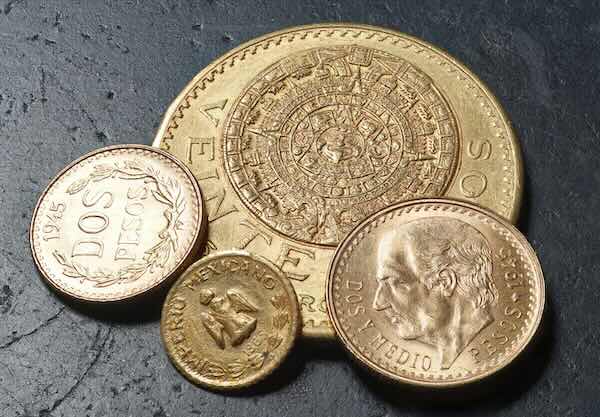Coins and currency are tangible artifacts that provide a window into the history, culture, politics, and economics of different time periods and civilizations.
Collecting coins and other numismatic items allows you to hold pieces of history in your hands and learn about the past through their collection. Prior to 1933, gold coins were part of the economy and were used for many every day transactions. Many of the Pre-1933 gold coins are now well over 100 years old.
Coin collecting originated as a pursuit driven by curiosity, fascination with history and the desire to preserve and understand the past through tangible artifacts. The origins of coin collecting, or numismatics, can be traced back to times as ancient as the coins themselves as some have been around for thousands of years. Over the centuries, it has grown into a well-established hobby with a diverse and enthusiastic community of collectors.
Coin Collecting Origins
The practice of coin collecting gained significant momentum during the Renaissance and Enlightenment periods. Scholars, artists, and thinkers of the era became interested in the history, artistry, and symbolism of coins.
One Italian poet, scholar and humanist in particular named Francesco Petrarch is often considered one of the earliest coin collectors. He owned a vast collection of coins, manuscripts, and artworks which he displayed in his “Cabinet of Antiquities.”
The concept of a “cabinet of curiosities” was popular during the Renaissance and Enlightenment. These cabinets, also known as Wunderkammer, were private collections that included various objects, including coins, fossils, natural specimens, artwork and antiquities.
Collectors like Petrarch saw coins as valuable artifacts that could provide insights into different and ancient cultures and historical periods, in addition to the intrinsic value.
Another notable early coin collector was English antiquary and politician Elias Ashmole. His eclectic collection included rare books, manuscripts and artifacts alongside a massive and significant collection of coins. Ashmole was one of the early members of the Royal Society and his collection formed the basis of the Ashmolean Museum in Oxford, one of the oldest public museums in the world.
Coin Collecting Catalogs
The emergence of coin catalogs began in the 18th and 19th centuries as numismatists began publishing books about coins, detailing their characteristics, origins, and historical context.
These catalogs helped collectors identify and classify coins, and they played a crucial role in the development of numismatic scholarship.
In the 19th century, organized coin collecting groups and societies began to form. These groups provided a platform for collectors to share their knowledge, exchange coins, and collaborate on research projects.
Founded in 1891, the American Numismatic Association (ANA) is one of the oldest and most influential coin collecting and numismatic organizations in the world. Their mission is to promote and advance the knowledge and enjoyment of numismatics, as well as to foster the exchange of information and ideas among collectors, dealers, and scholars.
Virgil Brand, an early American collector, assembled one of the most extensive and diverse coin collections of his time. His collection included an impressive array of rare U.S. coins, world coins, as well as rare and valuable ancient coins.
One of Brand’s notable contributions was the creation of the “Brand Book,” a multi-volume catalog of his collection.
The Brand Book provided descriptions and information about each item in his collection and remains an important resource for researchers and collectors.
The American Numismatic Association (ANA) is a nonprofit organization dedicated to the study and collection of coins and other related items.
Today, the “Red Book,” formally known as “A Guide Book of United States Coins,” is the most widely recognized and respected reference guide for collectors, dealers, and enthusiasts of United States coins. It is one of the most comprehensive and authoritative sources of information about U.S. coinage, providing essential details about coin values, mintage figures, historical background, and collecting tips.
The Red Book is published annually by Whitman Publishing with contributions from various numismatic experts. It has been in publication since 1947, making it a staple in the numismatic community for over seven decades.
The 77th edition of the Red Book covers everything from early colonial copper tokens to hefty Old West silver dollars and dazzling gold coins. The book includes more than 32,500+ prices and auction records for nearly 8,000 coins, tokens, medals, coin sets and other collectible species.
Diversification: Coin collecting can diversify an investment portfolio. Since the value of rare coins or coins made from precious metals can move independently of traditional financial markets, they can provide a hedge against market volatility.
Inheritance and Estate Value: Well-curated coin collections can become valuable family heirlooms, passed down through generations. Over time, the historical and monetary value of these collections can grow significantly.
Educational Value: The knowledge gained from coin collecting about history, economics, and numismatics can be invaluable. This expertise can aid collectors in making informed purchasing decisions, potentially leading to profitable sales or trades.
Enjoyment and Satisfaction: While not a direct financial gain, the enjoyment and satisfaction of building a collection should not be underestimated. For many collectors, the value of their collection is also in the journey and passion for the hobby.
Networking and Community: Engaging with the coin collecting community can lead to opportunities for profitable trades, sales, or purchases. Networking can also provide insights into market trends and valuable information about rare and valuable coins.
Market Timing and Strategy: Skilled collectors who understand market dynamics can buy coins when prices are low and sell when they are high, much like stock market investments.
Condition and Preservation: Collectors who skillfully maintain and preserve the condition of their coins can see an increase in value over time. The condition of a coin is a critical factor in its valuation.
However, it’s important to note that coin collecting as an investment strategy carries its own risks and requires knowledge and research. The market for coins can be volatile and influenced by numerous factors. Therefore, it’s recommended to approach coin collecting with both an interest in the hobby and a strategic investment perspective, and not solely for the purpose of wealth generation. As with any investment, diversification and not putting all your financial resources into one type of asset is a prudent strategy.
US Mint Pre-1933 Gold Coin Investments
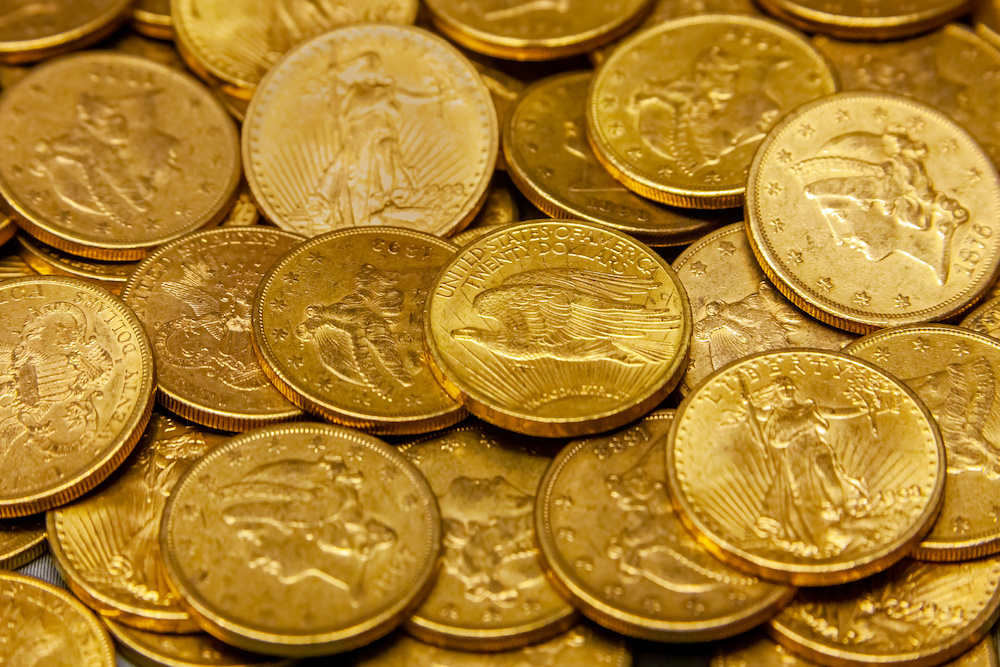
Coin collecting can also be a method of building wealth, albeit with certain nuances compared to traditional investments.
Many collectible coins, such as older coins or special bullion issues, are made of precious metals like gold and silver. The intrinsic value of these metals fluctuates with the markets and gold has a history of being a hedge against inflation.
Beyond the intrinsic value of the metal, collectible coins can acquire a numismatic premium. This premium is based on factors like rarity, condition (grade), historical significance, and market demand.
Rare coins, especially those with historical significance, limited mintage, or unique features, can appreciate in value over time. The scarcity and demand for these coins can drive their prices higher in the collector market.
The Executive Order 6102 required U.S. citizens to surrender their gold coins, gold bullion, and gold certificates to the government. Many gold coins deemed of numismatic value were exempt, however, a significant number of coins were melted down. This reduced supply has added to the rarity and desirability of many pre-1933 gold coins.
Collecting pre-1933 gold coins can be a rewarding and strategic choice for investors with an interest in numismatists since these coins were minted during an era when the gold standard was in place..
Pre-1933 gold coins offer the additional advantage of physical ownership of a tangible asset. Holding these coins provides a sense of connection to the past as well as a hedge against economic uncertainty.
These coins contain a significant amount of gold. For example, a $20 Saint-Gaudens gold coin contains .9675 ounces of gold. The intrinsic value of the gold content provides a floor for their market value. Most pre-1933 gold coins also numismatic value, even in circulated condition. The numismatic premium is determined by factors like rarity, demand, condition, and historical significance. In certain market conditions, the numismatic premium on specimen coins can substantially exceed the melt value.
Including a collection of Pre-1933 gold coins in an investment portfolio can provide a level of diversification beyond traditional financial assets.
Coin Grading Scale
As numismatics evolved during the 20th century, collectors and experts recognized the need for standardized terminology and grading systems. The Sheldon Coin Grading Scale, developed in the mid-20th century by Dr. William Sheldon has become the most widely adopted system for assessing the condition of coins.
With advancements in communication and technology, coin collecting has become more accessible to a global audience. The internet allows collectors to connect, research, sell and buy gold coins from around the world. Online auction platforms and forums have expanded the reach of numismatics.
Coin collecting has evolved beyond merely acquiring coins for their monetary value. Many collectors now focus on various aspects, including historical significance, artistic appeal, rarity, and cultural context, with some collectors specializing in specific periods, rulers, or coin types.
Universities and museums often have numismatic departments that contribute to research and education. These institutions offer academic programs and conduct research to further the understanding of coins’ historical and cultural importance.
Today, numismatics is a global hobby with collectors from different countries sharing their passion and expertise. Numismatic events, exhibitions, and conferences provide opportunities for collectors to connect and learn from one another.
